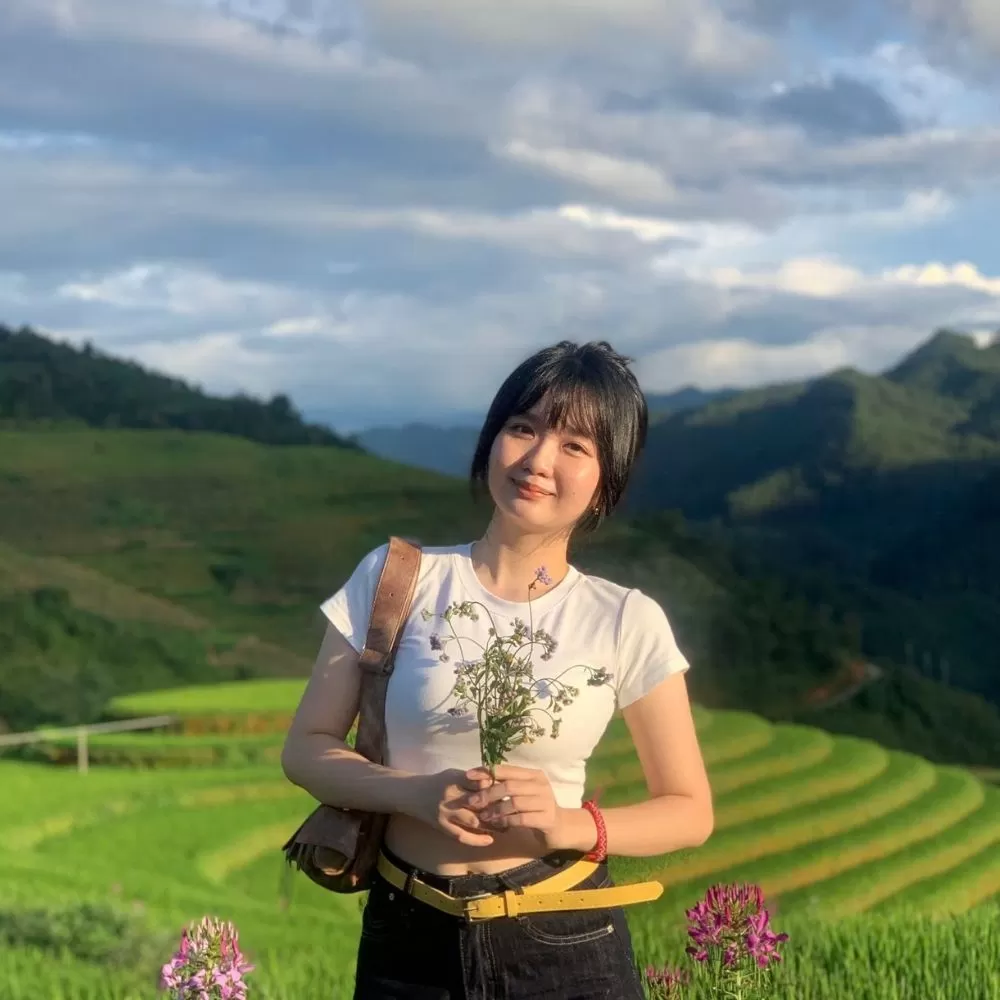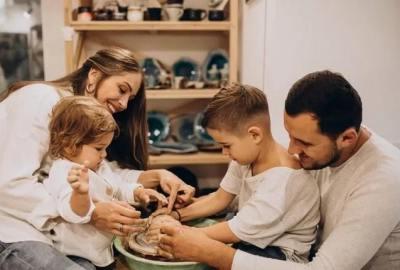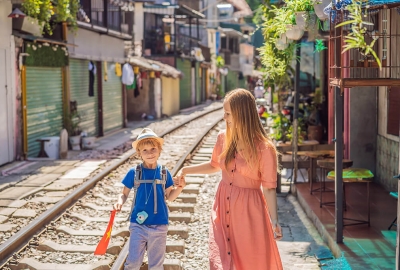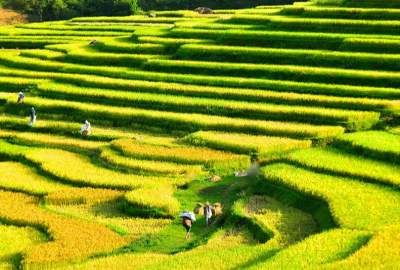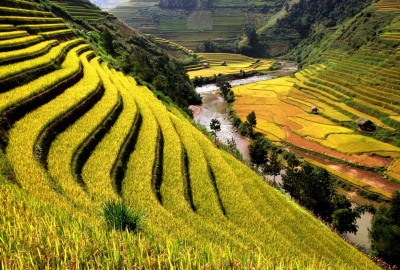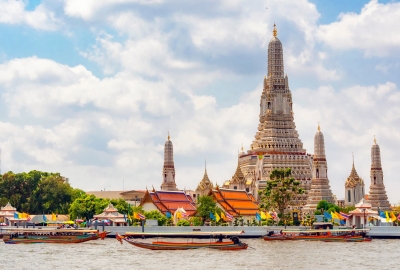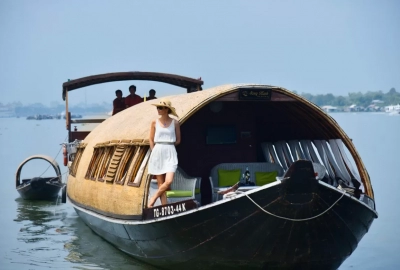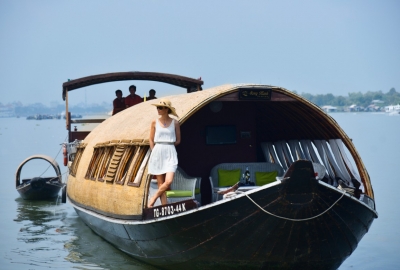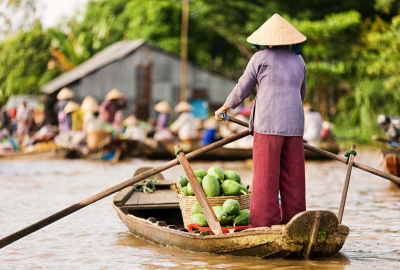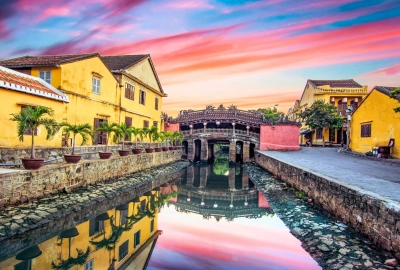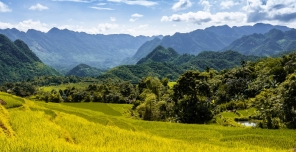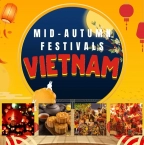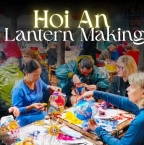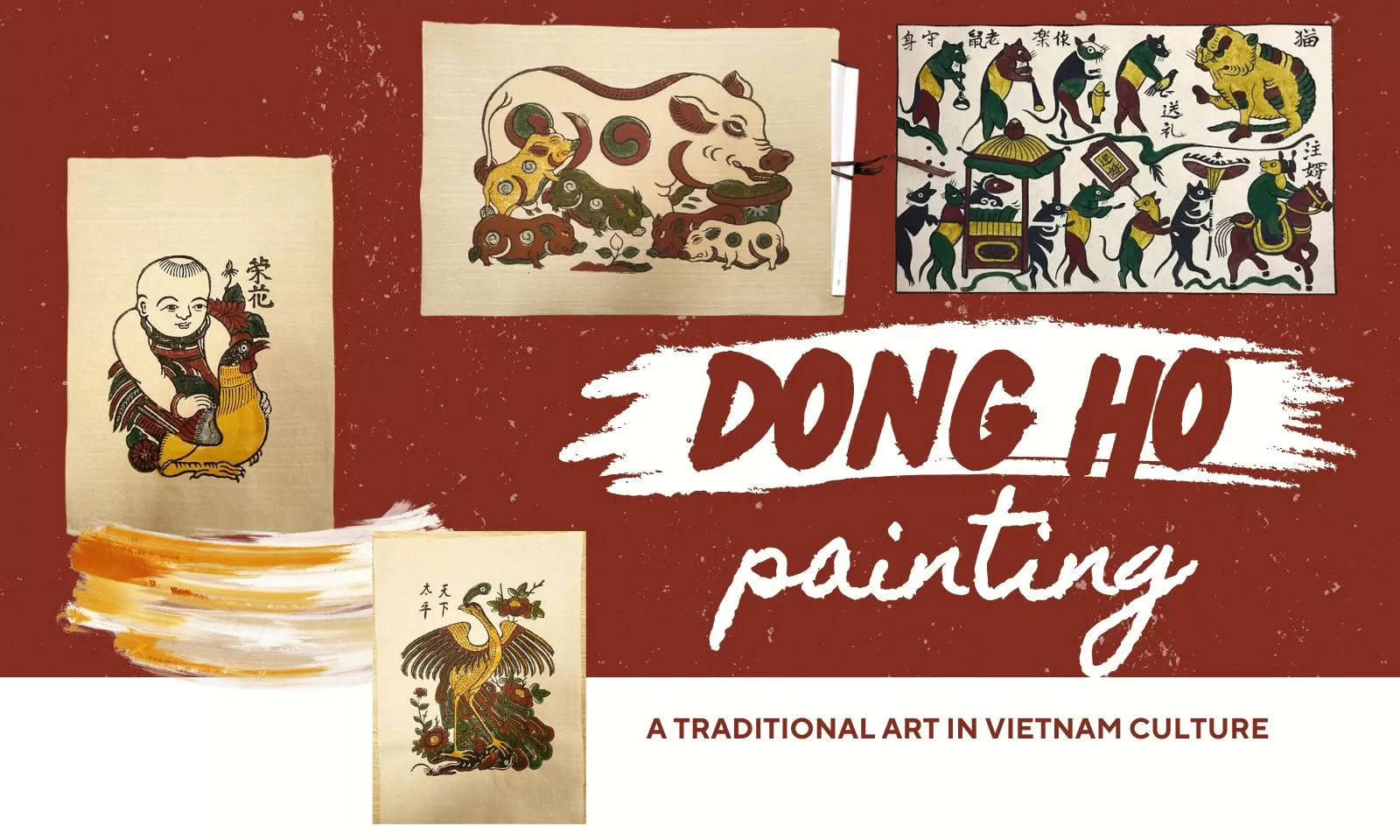
Dong Ho painting: A traditional art in Vietnam culture
Vietnam's traditional arts reflect the beauty of its culture and people’s daily lives. Dong Ho painting is a famous folk art that uses woodblock printing to depict meaningful stories with bright, natural colors and simple yet powerful imagery. Let’s discover!

Vietnam is a country rich in cultural heritage, where traditional arts are deeply woven into daily life. Among these treasures, Dong Ho painting stands out as a unique folk art that has been passed down for generations, offering a vivid glimpse into rural life and national identity.
This article explores the origin, development and unique techniques of Dong Ho painting, as well as its cultural significance and efforts to preserve it today. Discover the timeless beauty of Dong Ho painting with Hanoi Voyages - your trusted guide to authentic cultural experiences.
Table of Contents
The history of Dong Ho painting
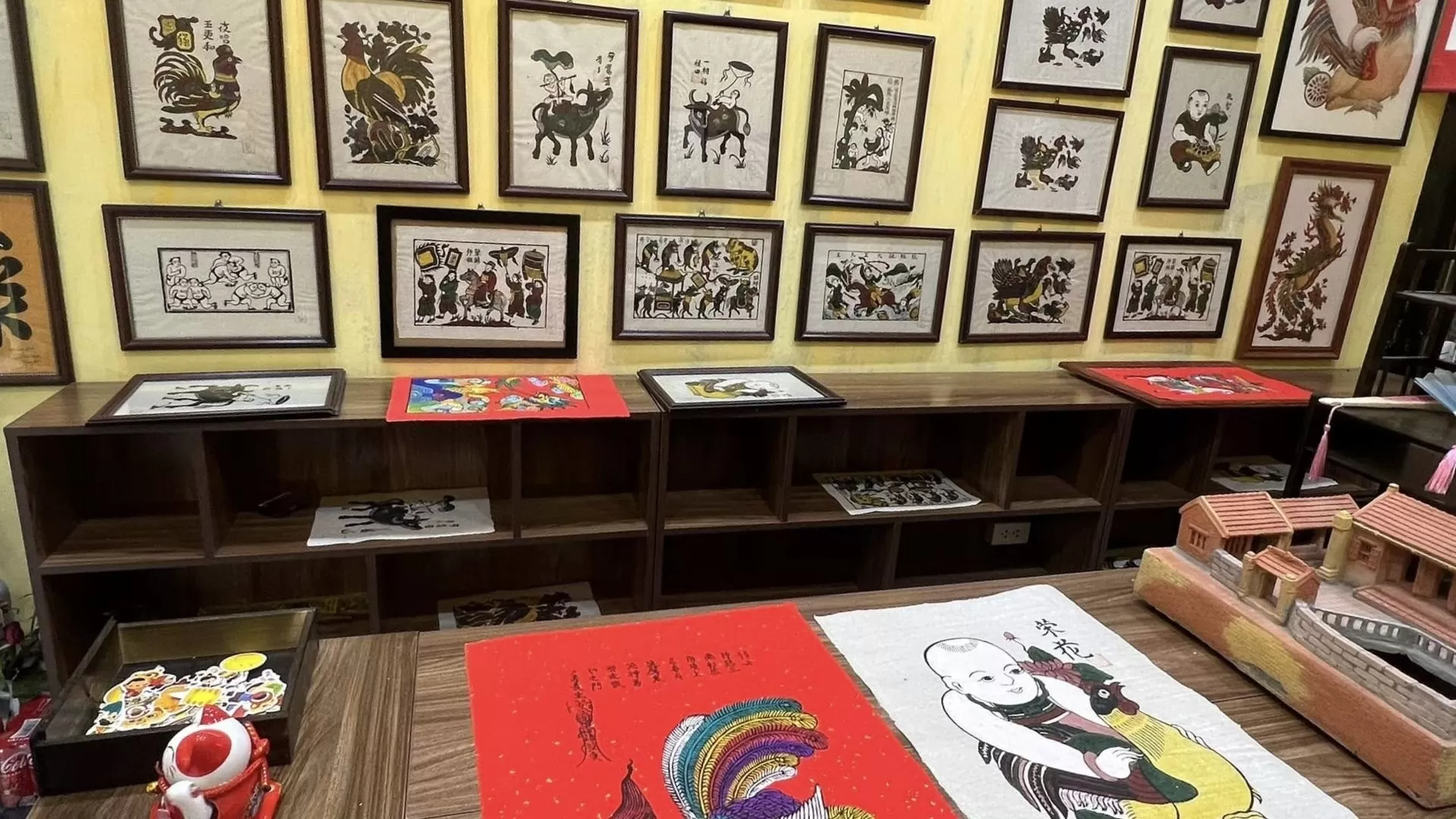
Dong Ho painting originated in Dong Ho village, located in Bac Ninh Province, northern Vietnam. This art form dates back to the 16th century during the Later Le dynasty and flourished under the rule of the Ly and Tran dynasties. It was initially created by local artisans to celebrate the Lunar New Year (Tet), with paintings used to decorate homes and bring good fortune.
These folk paintings reflect the social values, spiritual beliefs and everyday life of Vietnamese people. Over time, Dong Ho painting became a popular tradition, with themes ranging from historical legends and moral lessons to scenes of rural life and children playing.
How to make Dong Ho painting
Dong Ho folk painting is a famous Vietnamese traditional artwork known for its rustic charm, vivid colors and meaningful themes. The process of making these paintings is entirely handmade, requiring great skill and attention to detail. Here's how a traditional Dong Ho folk painting is created.
Step 1: Preparing the paper
Artisans use giấy điệp – a special kind of paper made from dó tree bark. It’s coated with a paste made of sticky rice and ground seashells, creating a sparkling, smooth surface that enhances the natural colors typical of Vietnamese traditional artwork.
Step 2: Carving the woodblocks
Each color in a Dong Ho painting needs a separate woodblock. Skilled craftsmen carve images into wooden blocks by hand, often using soft wood like mộc mài. These blocks are reused to print outlines and color layers.
Step 3: Printing the image
First, the black outline is printed using the main block. Then, each color is applied layer by layer with its own block. The dyes are made from natural ingredients - bamboo leaf ash for black, red earth for red, gardenia for yellow and indigo for green - emphasizing the eco-friendly nature of Dong Ho folk painting.
Step 4: Drying and finishing
After printing, the painting is sun-dried. Traditionally, these works were pasted directly onto walls or wooden panels, without the need for frames.
This meticulous process highlights the harmony between craftsmanship and nature, preserving the authenticity of Dong Ho folk painting as a valued Vietnamese traditional artwork.
Top recommended places to see Dong Ho paintings Vietnam
If you're interested in exploring Dong Ho painting firsthand, there are several places in Vietnam where you can admire, learn about and even experience this traditional art form:
Dong Ho Village - Bac Ninh Province
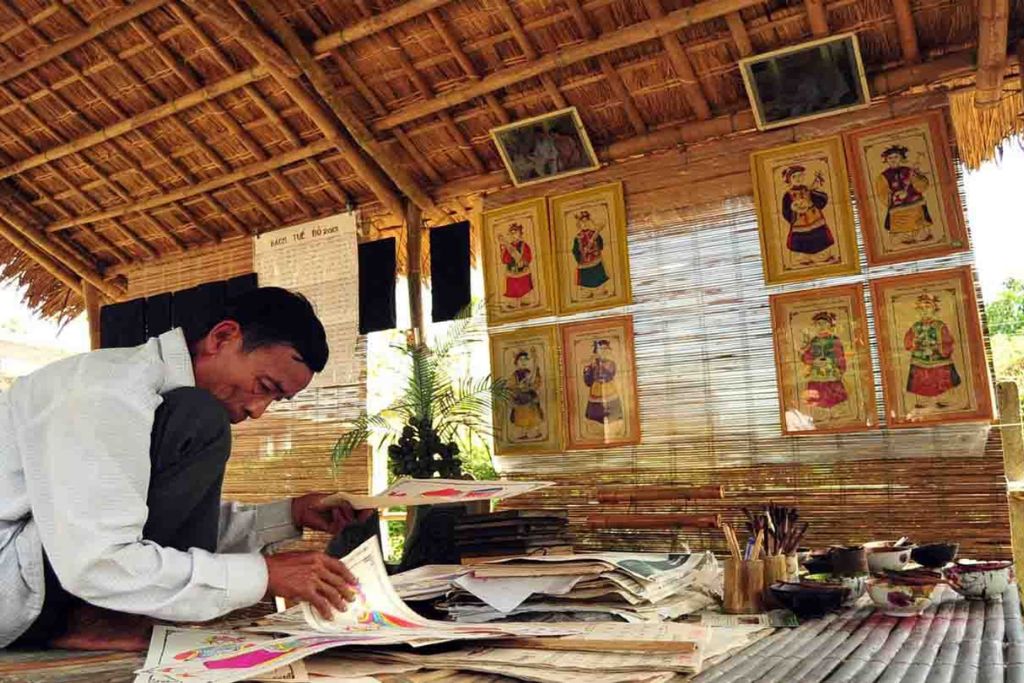 | 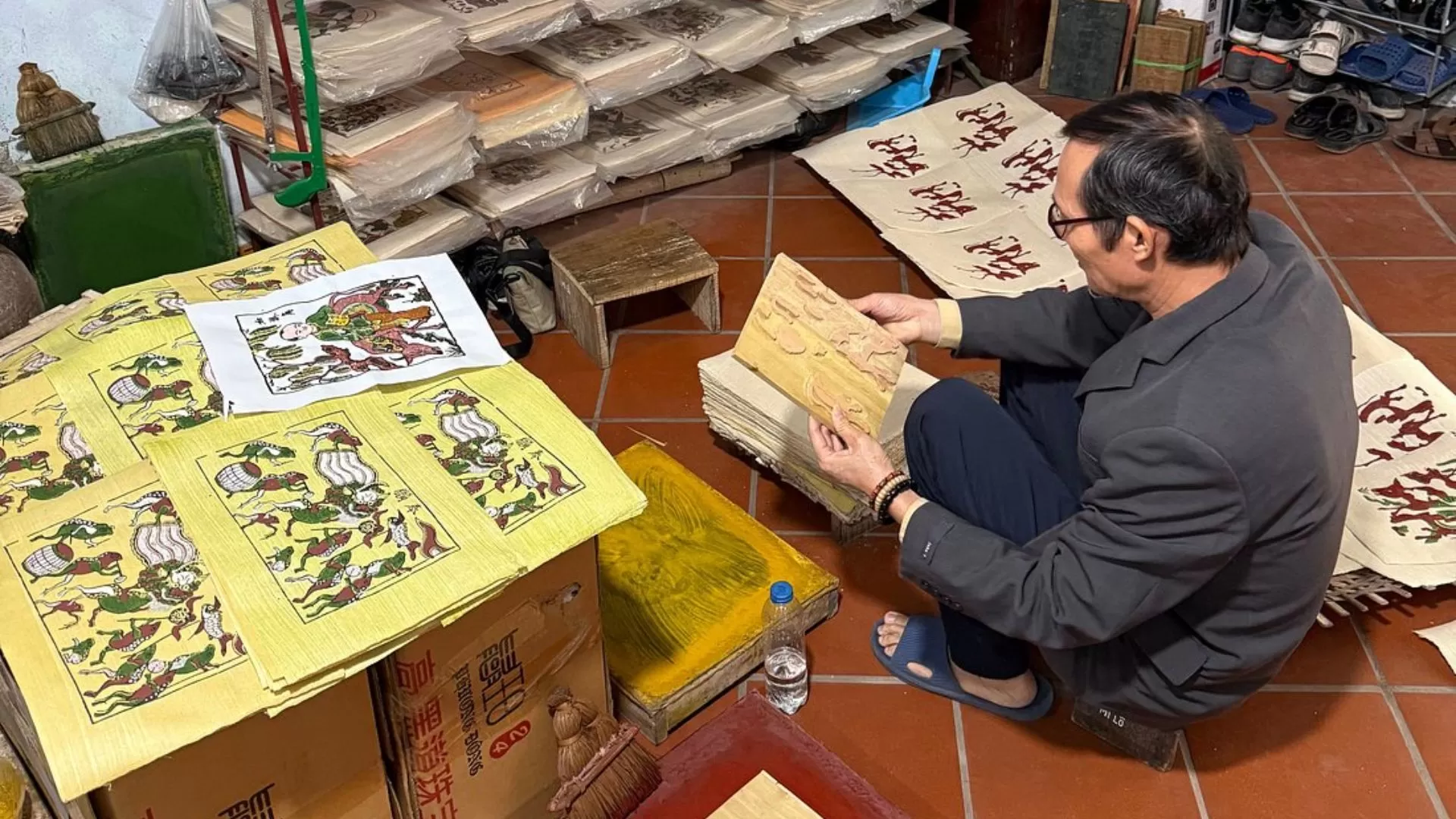 |
The birthplace of Dong Ho painting, this village is located about 30km from Hanoi. Visiting Dong Ho Village gives you a chance to meet local artisans, observe the woodblock printing process and purchase authentic Dong Ho folk paintings right from the source. Some families even offer workshops where visitors can try making their own.
Vietnam museum of Fine Arts (Hanoi)
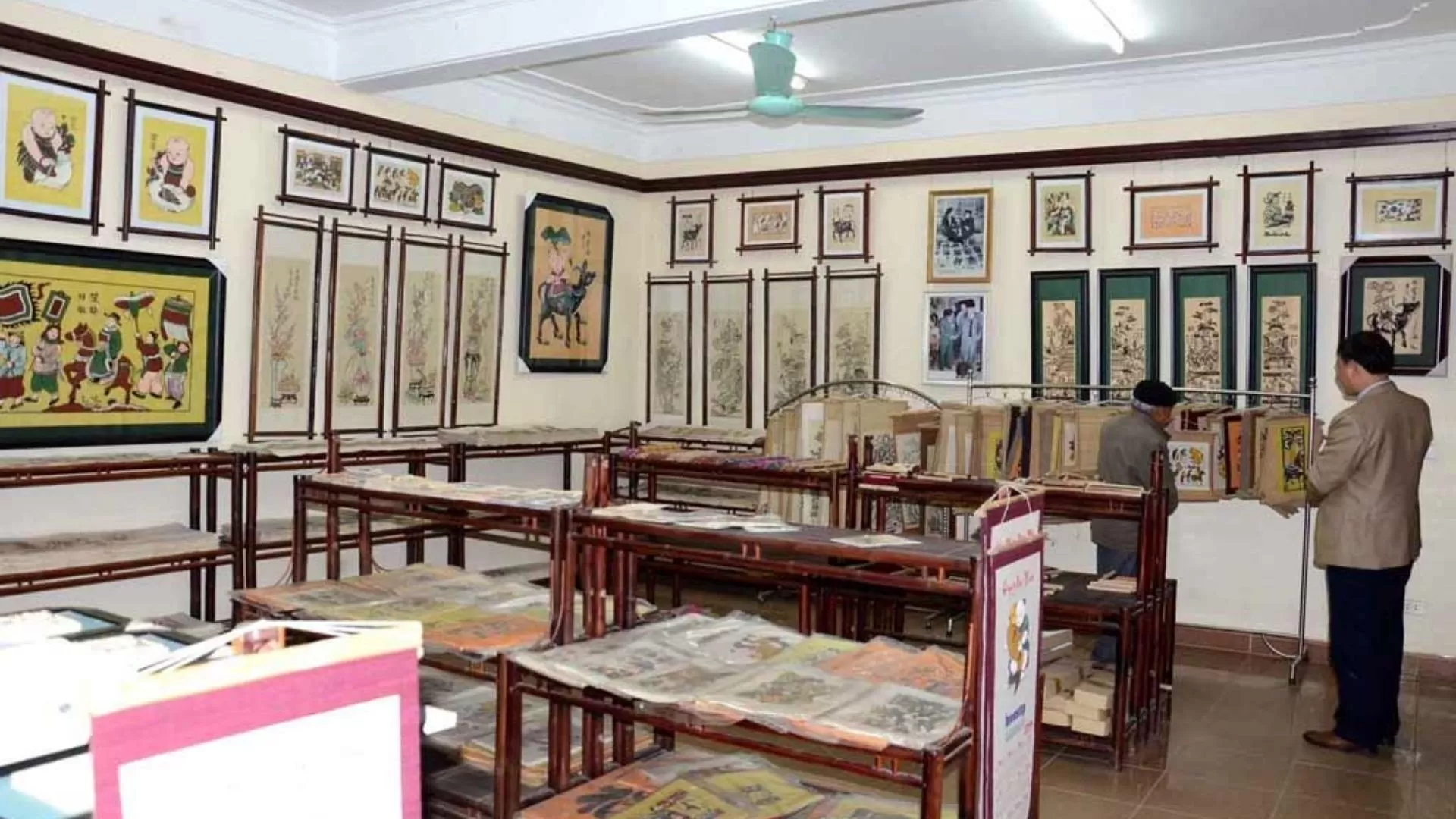
This museum showcases a rich collection of Vietnamese traditional artwork, including Dong Ho paintings. It's a great place to learn about the historical and cultural significance of the art form within the broader context of Vietnamese folk traditions.
Vietnamese women’s museum (Hanoi)
Though mainly focused on the lives and roles of Vietnamese women, this museum occasionally features exhibitions of folk art, including Dong Ho painting, especially during Tet (Lunar New Year) or special cultural events.
Folk art exhibitions and cultural festivals
Throughout the year, Hanoi and other cities host folk art festivals where Dong Ho paintings are displayed and sold. These events are perfect opportunities to see a variety of works and meet contemporary artisans keeping the tradition alive.
You can also refer: Vietnam’s craft villages: A journey into traditional artistry
Activities for visitors at Dong Ho painting village
Dong Ho painting village, located in Song Ho Commune, Thuan Thanh District, Bac Ninh Province, is the only and oldest cradle of Dong Ho folk painting - a place that has produced and preserved this traditional art form for hundreds of years.
When visiting the Dong Ho painting village in Bac Ninh, travelers can do more than just admire the art - they can fully immerse themselves in the cultural and creative process of this traditional craft.
| SOME ACTIVITIES AT DONG HO PAINTING VILLAGE |
|
Our company offers a variety of tailor-made cultural tours in Vietnam, specially crafted to help you explore the rich heritage of Dong Ho painting and other traditional art forms. So, let’s CHOOSE AN IDEA and we’ll plan your meaningful cultural journey together - with Hanoi Voyages!
 | 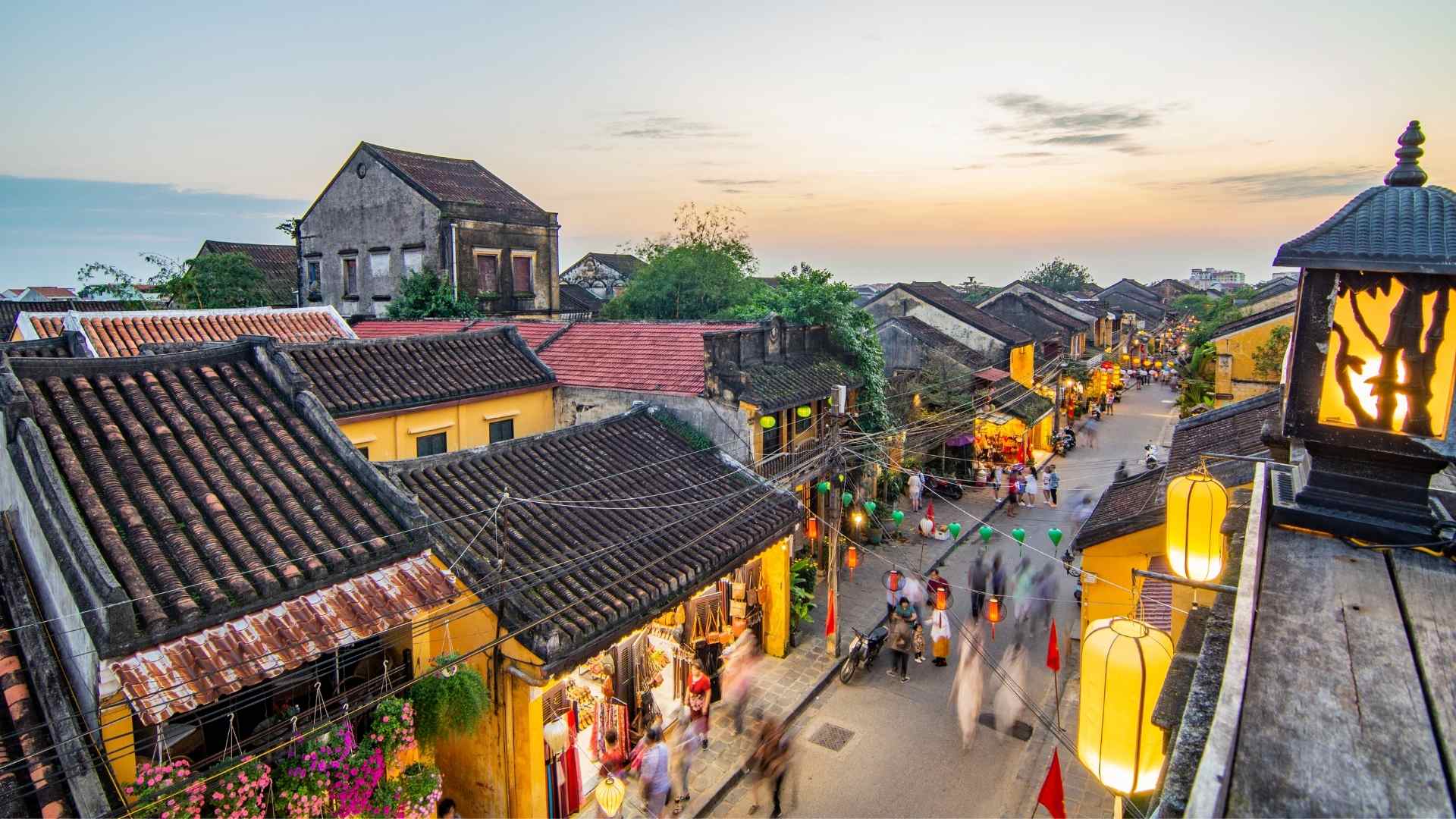 | 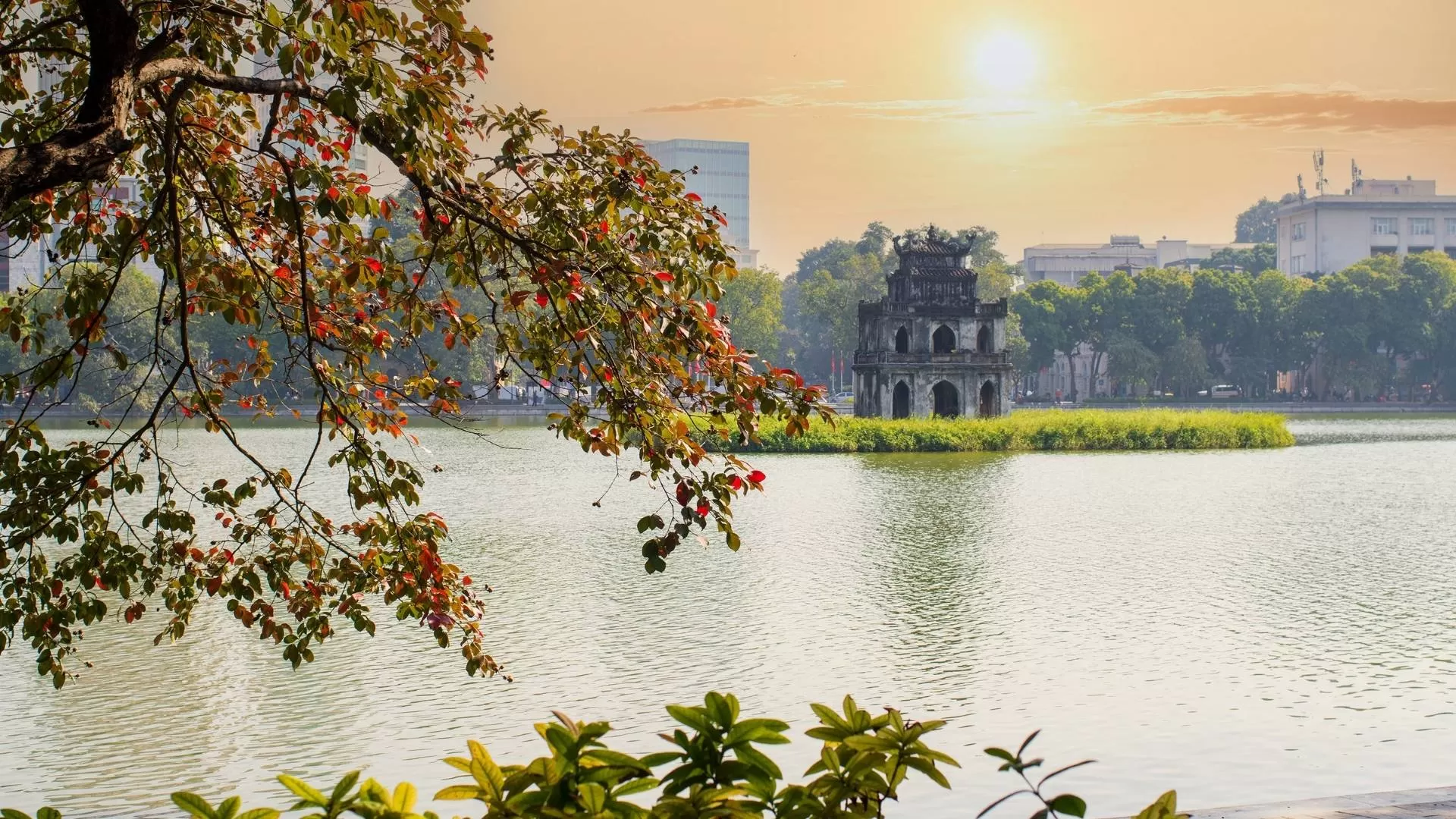 |
Vietnam Trekking and Cultural Experience: Explore mountain trails and ethnic villages for an authentic adventure combining nature and… | Discover the splendors of Vietnam in 16 days with stunning landscapes, rich heritage, coastal charm and authentic cultural experiences. | Exploring Halong Bay, Phong Nha, the Mekong Delta and more. Experience culture, adventure and breathtaking landscapes! |
Beyond our pre-designed tours, we can tailor-make trips that perfectly suit your needs. Don't wait any longer - get in touch with us now to plan an unforgettable journey with the best services just for you!
Some popular Dong Ho paintings and their meaning
As a unique Vietnamese traditional artwork, Dong Ho folk painting captures the values, beliefs and daily life of the Vietnamese people through symbolic and meaningful imagery. Below are some of the most iconic Dong Ho paintings and the messages they convey.
Đám cưới chuột - The Mice Wedding
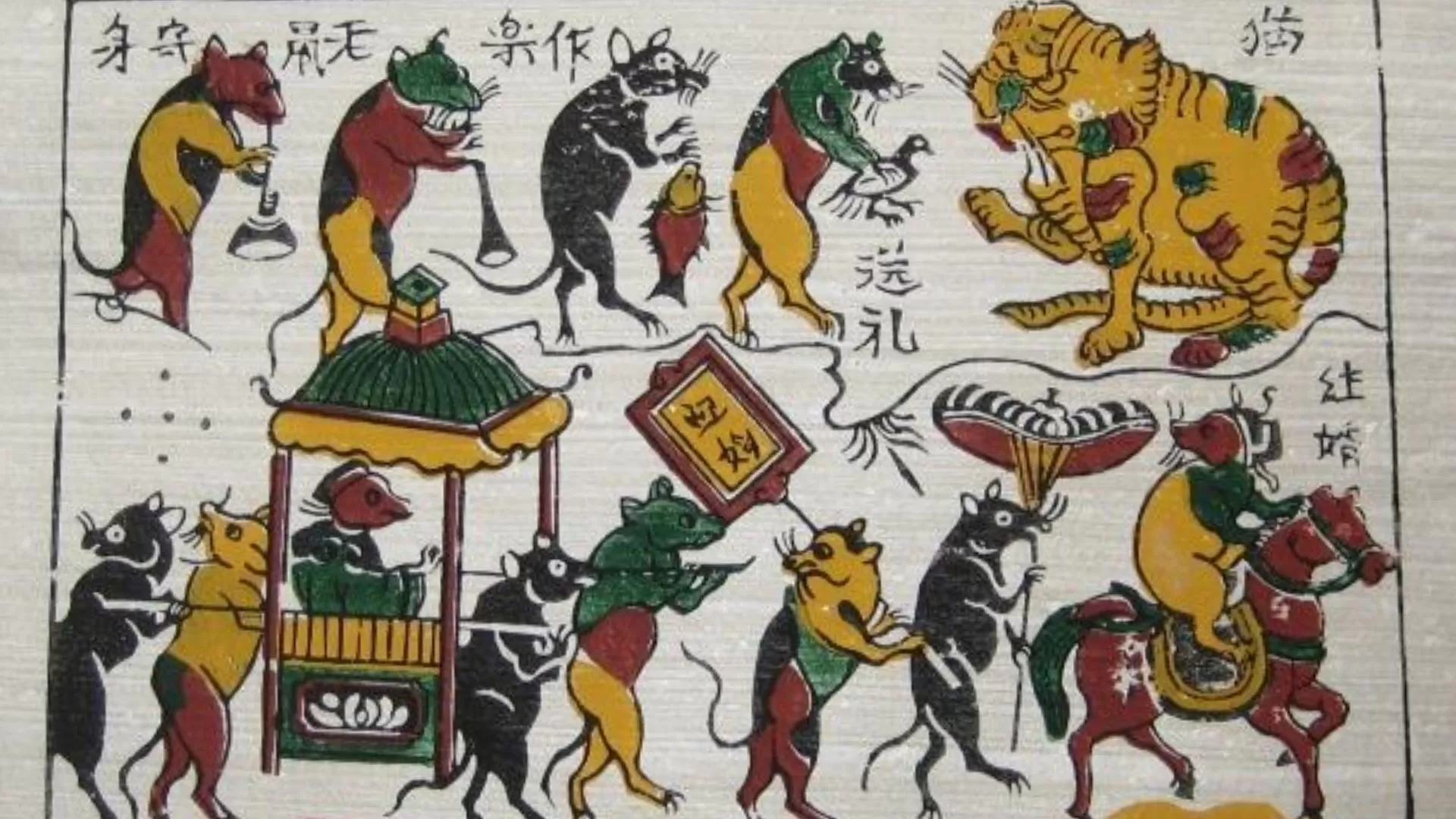
One of the most famous Dong Ho folk paintings, this artwork humorously portrays a wedding procession of mice offering gifts to a cat. It reflects themes of social satire, corruption and the desire for harmony.
Lợn đàn - Pig with Piglets
A popular painting during Tet (Lunar New Year), the image of a mother pig surrounded by piglets symbolizes prosperity, fertility and happiness in family life. Its rounded lines and simple patterns represent a peaceful rural lifestyle.
Gà mẹ gà con - Hen and Chicks
This painting emphasizes family love, protection and maternal care. As a Vietnamese traditional artwork, it promotes the importance of unity and family bonding - core values in Vietnamese culture.
Thầy đồ cóc - Toad Scholar
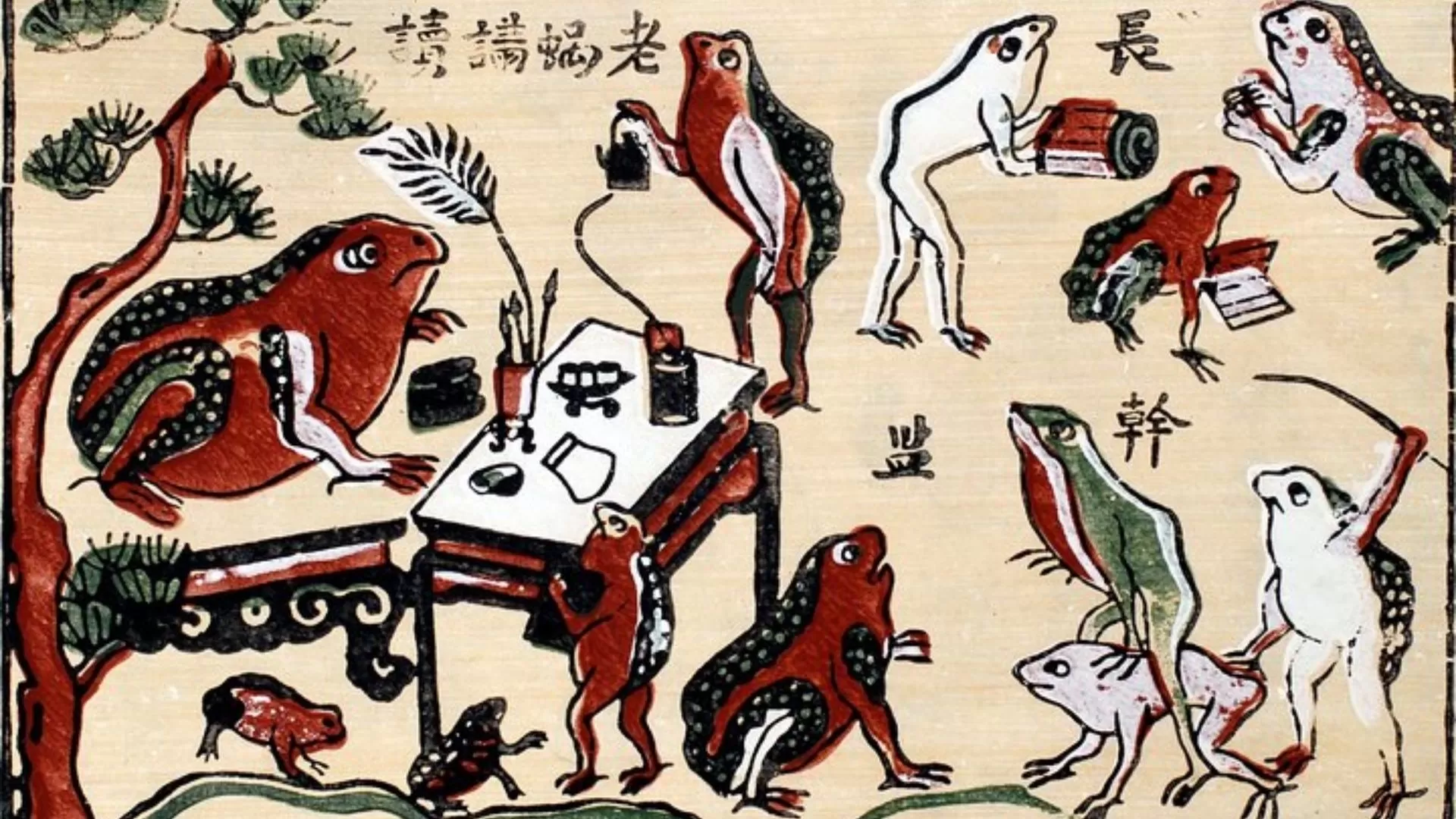
Featuring a toad dressed as a scholar, this painting uses humor to encourage education and persistence. It conveys the message that even the smallest or least expected figures can succeed through learning.
Vinh hoa – Phú quý - Prosperity and Honor
Often displayed as a pair, these paintings show women holding children and lotuses or peonies. They symbolize wealth, beauty, honor and the wish for a fulfilling life.
Em bé ôm gà - Child Holding Chicken
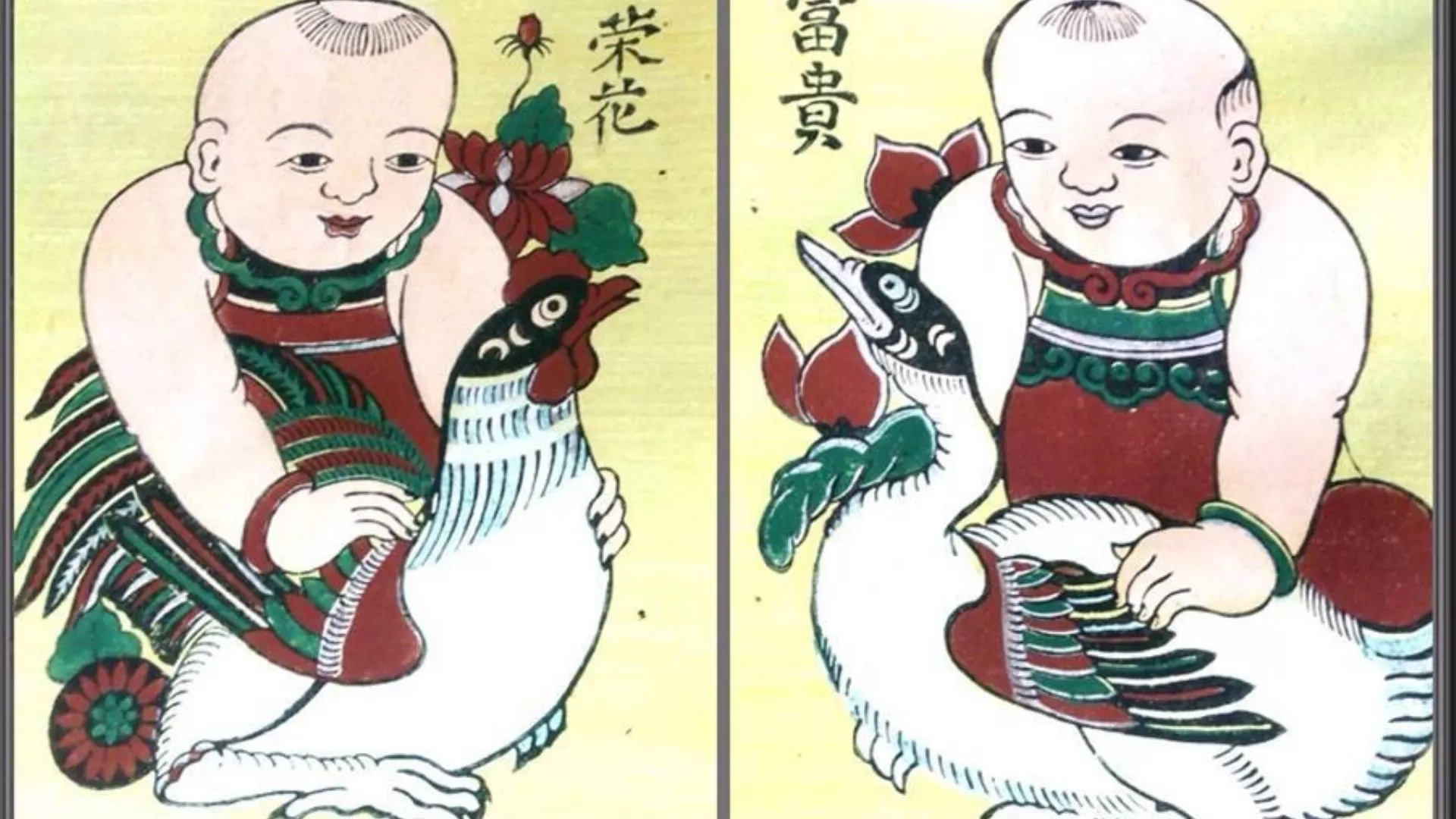
A joyful image of a child cuddling a rooster, representing peace, innocence and good fortune in the new year. It’s a favorite motif in Dong Ho folk painting, especially during festive seasons.
Dong Ho painting is more than just a form of visual art - it is a reflection of Vietnamese identity, values and rural life preserved through generations. As one of the most iconic Vietnamese traditional artworks, Dong Ho folk painting continues to inspire with its simplicity, symbolism and timeless charm.
Whether you're an art lover or a cultural explorer, discovering Dong Ho painting offers a deeper understanding of Vietnam’s rich heritage. Let Hanoi Voyages take you on a journey to experience the beauty and soul of this traditional art form.
Dream about your trip to Asia, in private
We are here to make it happen with youFREE QUOTE, WITHOUT OBLIGATION

